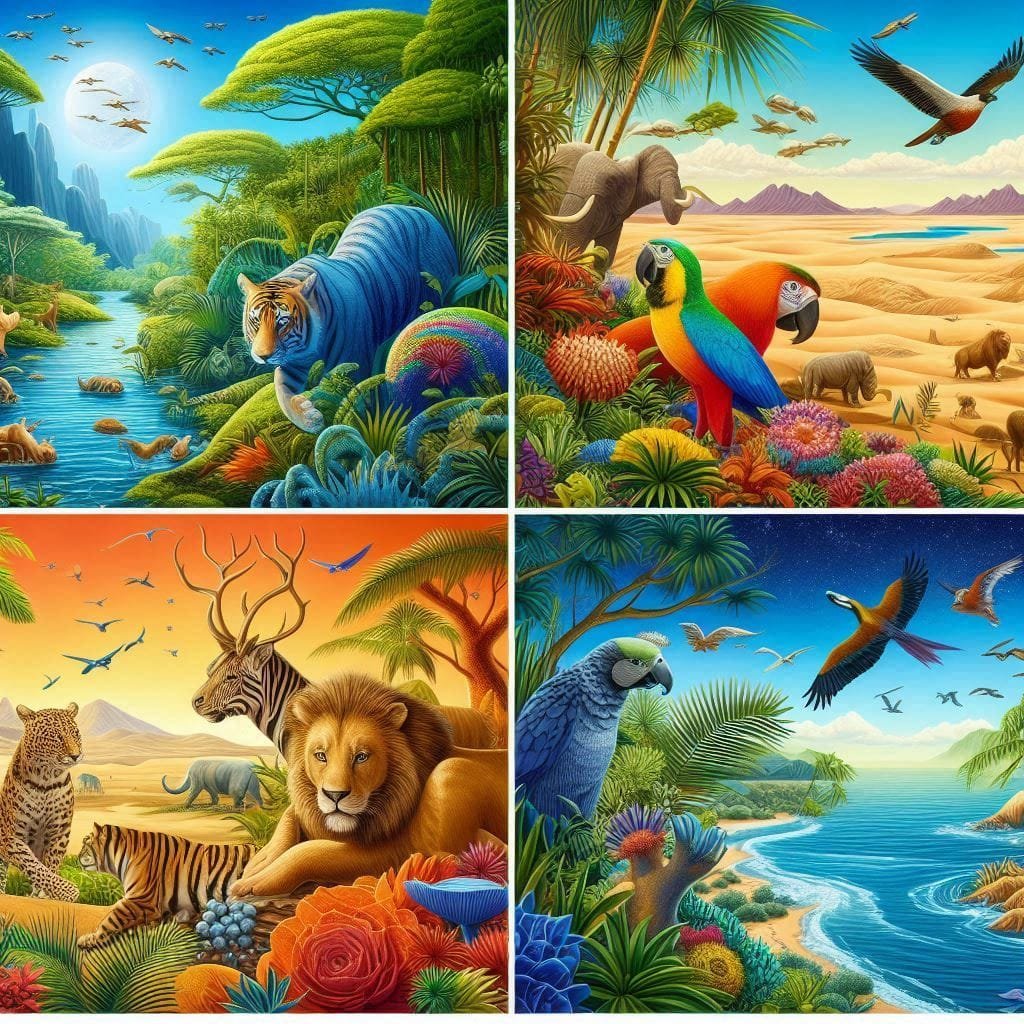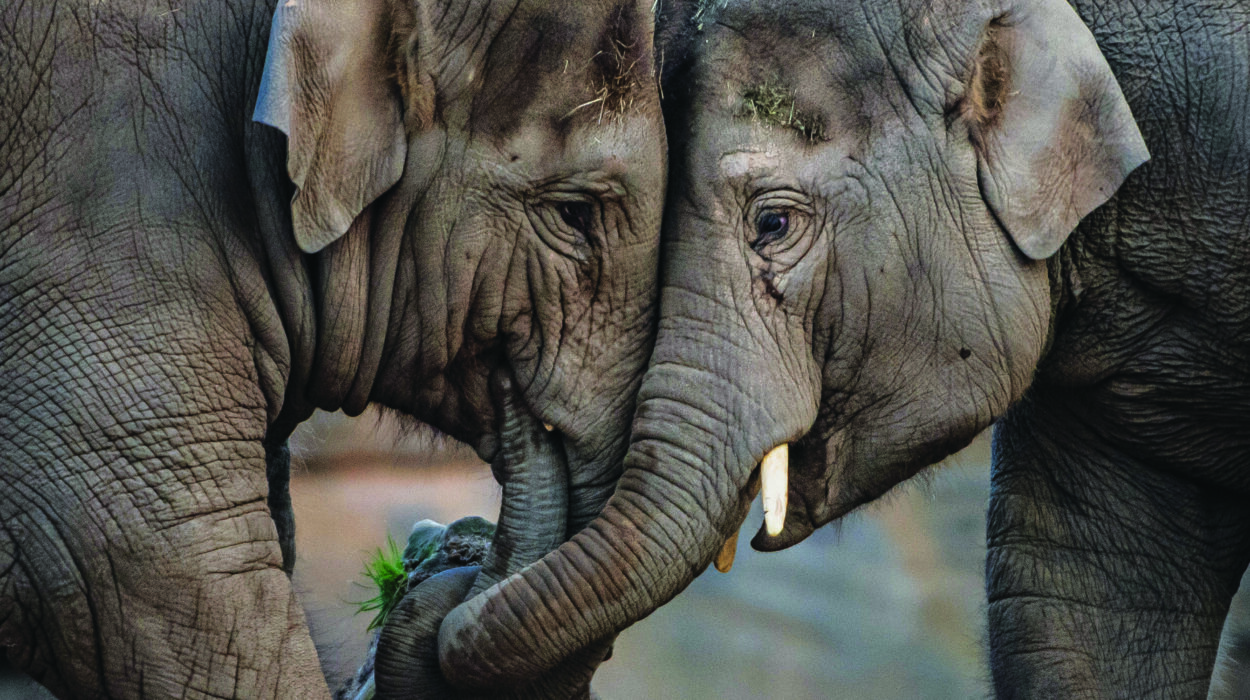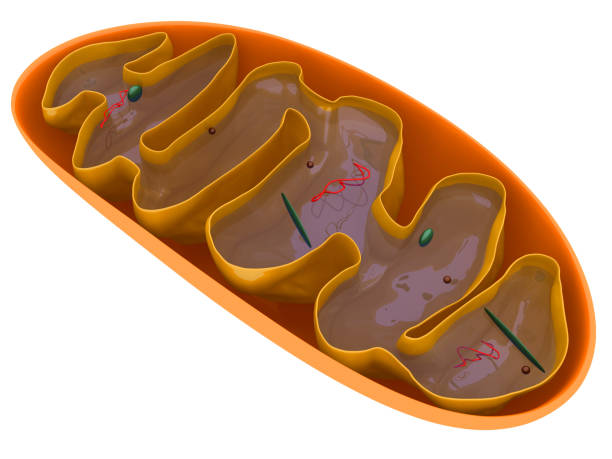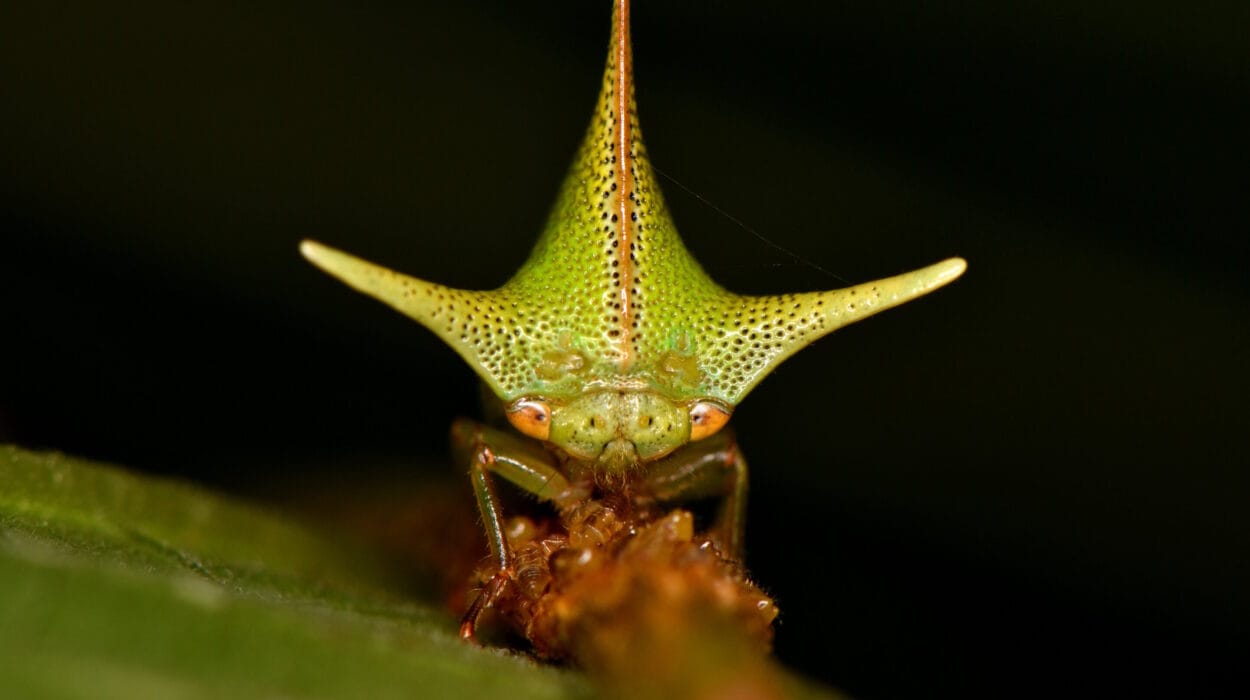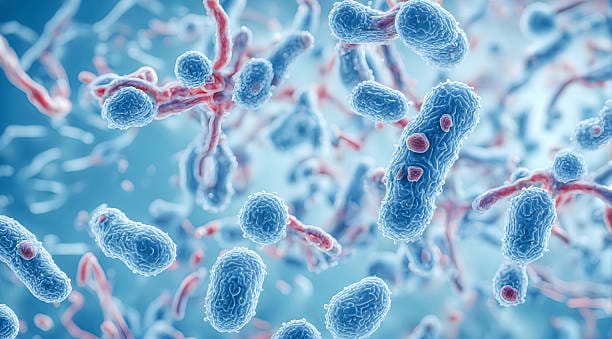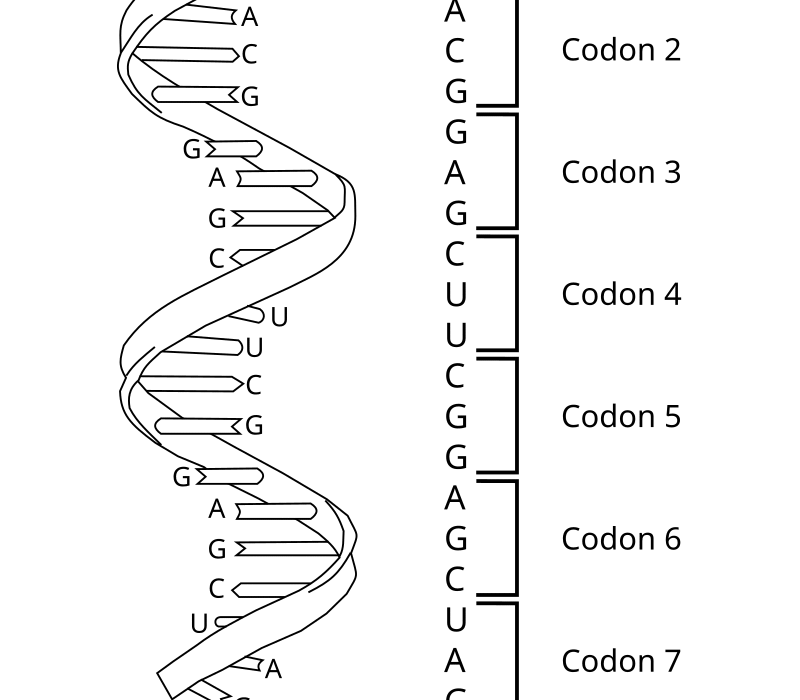“Survival of the fittest.” It’s the kind of phrase that slips easily off the tongue, stamped into popular culture, school textbooks, and political speeches. It sounds definitive, almost brutal—a law of nature that pits every living thing in a blood-soaked tournament of life, where only the strongest survive.
But here’s the uncomfortable truth: this famous phrase, often used as a shorthand for Charles Darwin’s theory of evolution, is also one of the most misunderstood in all of science.
For starters, Darwin himself didn’t even coin the term. That honor—or burden—belongs to the philosopher Herbert Spencer, who, after reading Darwin’s On the Origin of Species, tried to summarize the book’s message in five words. Darwin later adopted the phrase in later editions, but reluctantly.
Why reluctantly? Because he knew the phrase was a trap.
It suggests a rigid competition, a fight for dominance, and, dangerously, it has been hijacked over the centuries to justify everything from imperial conquest to eugenics. But evolution by natural selection isn’t about being the strongest or even the smartest. It’s about being just fit enough—well-matched to your environment at just the right time. Sometimes, it’s about having the perfect mutation. And sometimes, yes, it’s just about being lucky.
To understand what natural selection really means, we need to peel back the myths, explore the science, and ask a deeper question: is it really the fittest who survive… or the luckiest?
The Seed of an Idea: Darwin’s Great Leap
In the mid-19th century, Charles Darwin set sail on HMS Beagle, a voyage that would become one of the most influential scientific expeditions in history. He was young, curious, and deeply observant. As he traveled across South America and the Galápagos Islands, Darwin began collecting evidence—fossils, finches, patterns in nature—that all pointed toward one unsettling conclusion: species were not fixed. They changed. They evolved.
This was a radical idea. Until then, the prevailing belief was that species were created as-is, static and perfect. The fossil record said otherwise. There were layers of extinct creatures buried beneath living ones, each group slightly different than the last. Darwin began to see life as a grand tree, with branches splitting and evolving over time.
The mechanism for this change—what Darwin called “natural selection”—was startling in its simplicity.
In every generation, individuals vary slightly. Some are a bit faster, a bit better camouflaged, a bit more resistant to disease. These differences can be inherited. And in the struggle for resources—food, mates, space—those small advantages can make the difference between life and death. Over time, those traits become more common.
Natural selection wasn’t guided by purpose. It had no end goal. It simply favored traits that worked in the present moment. That was the true brilliance—and terror—of Darwin’s theory.
What Fitness Really Means
So what does it mean to be “fit” in evolutionary terms?
It doesn’t mean being the biggest predator or the fastest runner. In biology, fitness refers to reproductive success—how well an organism passes on its genes to the next generation. A fit individual is one whose genetic traits help it survive long enough to reproduce successfully and whose offspring can do the same.
That could mean a lion with powerful muscles… or a beetle that avoids being eaten by blending into its environment. It could mean a clever crow that uses tools, or a virus that replicates rapidly in a host.
In some cases, fitness looks like strength. In others, it looks like invisibility, cooperation, or even weakness. A male peacock’s elaborate tail, for example, is a disadvantage when it comes to avoiding predators—but it’s a huge advantage in attracting mates. That tradeoff works because, in terms of reproduction, flashy feathers equal more chicks. Fitness is not about what humans value. It’s about what works in the current environment.
And that environment is always changing.
Selection Is Not a Design Blueprint
One of the biggest misconceptions about natural selection is that it’s intentional—as if nature is constantly optimizing, improving, refining life to reach some perfect form.
This is a myth.
Evolution does not design creatures the way an engineer designs machines. Instead, it tinkers. It tweaks. It improvises using what’s already available. That’s why some of nature’s “designs” are inefficient or downright weird. Human eyes, for instance, have a blind spot where the optic nerve passes through the retina—something that squid and octopus eyes don’t suffer from. Why? Because evolution builds on what’s already there; it doesn’t start from scratch.
Consider the recurrent laryngeal nerve in giraffes. It loops all the way down into the chest and then back up to the throat—a detour of several feet. This awkward routing makes no engineering sense, but it makes perfect evolutionary sense. It reflects the giraffe’s ancestry, tracing back to fish whose necks were far shorter.
Natural selection is not a force of perfection. It’s a sculptor chipping away at stone, bound by the shape already there.
When Chance Becomes Destiny
Now, here’s where things get even more fascinating—and controversial. While natural selection is a key driver of evolution, it’s not the only one. Random chance plays an enormous role.
Mutations, the raw material of evolution, arise randomly. They are copying errors in DNA, changes in the genetic code that may have no effect, may be harmful, or may—just sometimes—be beneficial.
Most mutations are neutral or damaging. But every now and then, a mutation gives an organism an edge. That edge may be tiny—a slightly better ability to digest a new food, or a subtle resistance to a parasite. If that mutation helps the individual survive and reproduce, it can spread through the population.
Yet whether a beneficial mutation actually spreads often comes down to luck. Imagine a bird born with a slightly sharper beak. If that bird is eaten by a predator before it reproduces, its gift dies with it. If it survives and has many offspring, the trait can ripple through the population. The difference? Sometimes, it’s nothing more than being in the right place at the right time.
This randomness is known as genetic drift—a process where gene frequencies change simply due to chance. In small populations, genetic drift can overpower selection. A helpful trait can vanish, and a useless one can dominate, simply because of who reproduces.
So yes, sometimes evolution favors the fit. But sometimes… it favors the lucky.
The Ice Age, the Meteor, and the Mole
If evolution were simply about fitness, dinosaurs might still rule the Earth.
Sixty-six million years ago, a massive asteroid slammed into what is now the Yucatán Peninsula, triggering fires, darkness, and a global collapse of ecosystems. The giant, once-dominant dinosaurs couldn’t adapt quickly enough. Most of them died out.
Meanwhile, small mammals—rodent-like creatures scurrying through the underbrush—survived. Not because they were better. But because they were small, adaptable, and happened to eat what was still available. In the aftermath of the catastrophe, they thrived.
That catastrophe reshaped the future of evolution. It paved the way for the rise of mammals, primates, and eventually humans. And it wasn’t planned. It wasn’t earned. It was a roll of the cosmic dice.
The lesson is sobering: fitness is always relative to circumstance. When the world changes—whether due to climate, volcanoes, disease, or meteors—the definition of “fit” changes with it.
Coevolution and the Arms Race
Natural selection doesn’t work in isolation. Every species is tangled in a web of relationships—predators and prey, parasites and hosts, flowers and pollinators. This leads to a phenomenon called coevolution, where species evolve in response to each other.
Consider the cheetah and the gazelle. As cheetahs evolve to become faster hunters, gazelles evolve to become faster runners. It’s an evolutionary arms race. Neither becomes infinitely fast, but both get better because of the pressure from the other.
Parasites evolve to infect hosts. Hosts evolve defenses. Plants evolve toxins. Insects evolve resistance. This ongoing back-and-forth doesn’t produce perfect organisms—it produces organisms that are just good enough to survive in the shifting context of each other.
Again, it’s not about being the best in an absolute sense. It’s about staying ahead—barely—in a game where the rules keep changing.
Sex, Selection, and Strange Beauty
Natural selection explains how traits that help survival are passed on. But some of nature’s most extravagant features seem to do the opposite. The peacock’s tail, the fiddler crab’s massive claw, the elaborate dances of birds of paradise—these aren’t tools for survival. They’re dangerous, costly, and eye-catching.
Enter sexual selection—a subset of natural selection. Here, traits evolve not because they help survival, but because they help in attracting mates.
A male peacock with a big, colorful tail might be more likely to get a mate, even if he’s more visible to predators. If enough females prefer fancy tails, then over generations, the tails become more elaborate—even absurd.
Sexual selection can lead to traits that seem irrational. But in evolutionary terms, reproduction is the name of the game. Surviving is only important if it leads to more offspring.
And once again, randomness can tip the scales. Preferences in mate choice can evolve randomly or through cultural drift in social animals. Luck, beauty, and timing dance together in a tangled evolutionary ballet.
The Evolution of Cooperation
One of the most surprising twists in natural selection is that it can favor cooperation—even altruism. This seems counterintuitive. Why would an animal help others at a cost to itself?
The answer lies in genes.
If an animal helps close relatives—who share many of its genes—that behavior can still be favored by natural selection. This is called kin selection. The genes that encourage helping behavior still get passed on.
Even among non-relatives, cooperation can evolve if it leads to mutual benefit. Vampire bats, for example, share blood meals with others who have gone hungry, knowing the favor may be returned.
Humans take this to an extreme. We cooperate, empathize, share knowledge, build cultures. Our evolutionary success comes not just from strength or speed, but from communication, memory, and social bonds. Natural selection didn’t just shape our bodies—it shaped our minds and morality.
Rethinking “The Fittest” in a Human Age
Today, humans have changed the rules of evolution. We preserve the weak, heal the sick, and alter our environment in ways no other species can. We’re even beginning to rewrite our own genes.
Does that mean evolution has stopped for us? Not at all. It’s just become more complex.
We are still evolving—but cultural, technological, and medical advances have added new layers. Our choices, values, and innovations now affect what traits are passed on. And with tools like CRISPR, we may soon guide evolution deliberately.
But even in this age of synthetic biology, we would do well to remember the core truth: nature is not about perfection. It is about adaptability, resilience, and sometimes, plain luck.
The Moral Danger of Misunderstanding Evolution
History is filled with examples of how the phrase “survival of the fittest” has been misused—to justify racism, genocide, eugenics, and ruthless capitalism. But evolution is a scientific theory, not a moral code.
The fact that nature sometimes favors selfishness or aggression doesn’t mean humans should. In fact, natural selection also favors empathy, cooperation, and kindness—traits that have made us uniquely successful.
Science describes what is. It doesn’t tell us what ought to be. Misunderstanding that distinction has led to some of humanity’s darkest moments.
The Beautiful, Brutal, Brilliant Story of Life
Evolution by natural selection is one of the most powerful ideas ever conceived. It explains the staggering diversity of life on Earth, from bacteria to blue whales. It reveals the hidden patterns behind feathers, fins, and flowers. It tells us why we walk upright, why we blush, why we dream.
But it also reminds us that life is not a tidy narrative. It’s a mosaic of struggle and success, randomness and design, beauty and horror.
Natural selection is not a ladder. It’s a branching, tangled tree. It is not a test of who is best, but a constant experiment in what works, for now.
The fittest survive—but only if they’re lucky.
